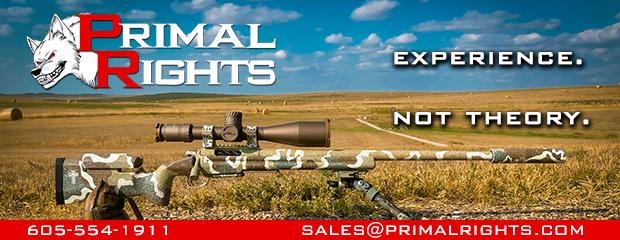I am doing load development for a Weatherby Mark V in 270 Weatherby Mag, right now. !50 Grn ABLR and H 4831SC. Today it was 66.7; 67.0 and 67.3 grns . The rifle was a gift from my parents back in the 1970,s. Love the rifle, have up graded the scope, and really enjoying the Load Development Process. The rifle will be use for whitetails, in the North Carolina Bean fields this coming season. So a shot just over 500 yards is possible. All that said, When I bought this rifle, it came with the Weatherby Target , which showed an 1 and 1/4 inch three shot group. 26 inch BBl, 10 Twist. In the 70's that was considered a really big deal. Today, if I can make this rifle Groupe 1 MOA, at 100; 200 and 300 yards with the bullet I would like to use, at the velocity 2900-3000 fps I would like to have, I will be very pleased. Then I will shoot and shoot and shoot some more. Including go back to the Bang Steel LR Shooting School with this set up, just like last year. Then go on the deer hunt with High Confidence. Constant practice helps and old guy like me. My accuracy seems to improve, with continued practice. Speaking for myself only, I'm a bit better ,more comfortable, and more relaxed , after shooting 100 rounds than I am at the first 5 or 10 rounds.

